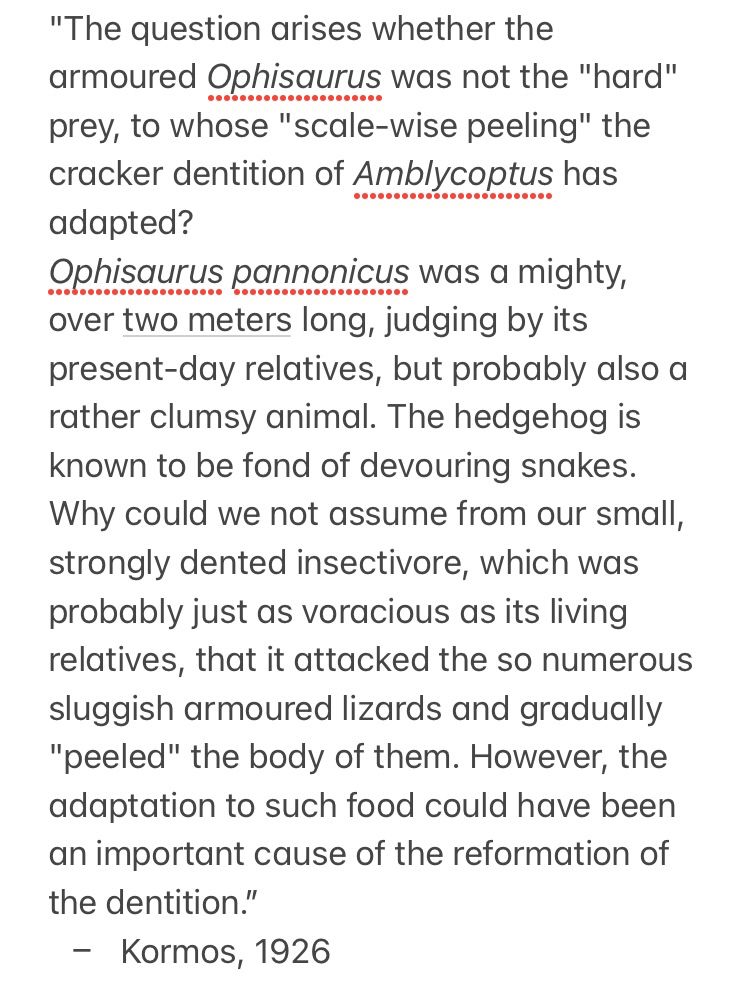












Very interested to see who the winners and losers are and what sort of partitioning happens!

Very interested to see who the winners and losers are and what sort of partitioning happens!



Kawahara Keiga: Say no more

Kawahara Keiga: Say no more
$39.99 plus shipping and handling, see website for details

$39.99 plus shipping and handling, see website for details
I’m a master’s student working on fossil shrews, but I also look at lots of the modern ones too! Stick around for lots of shrewy antics!


I’m a master’s student working on fossil shrews, but I also look at lots of the modern ones too! Stick around for lots of shrewy antics!











